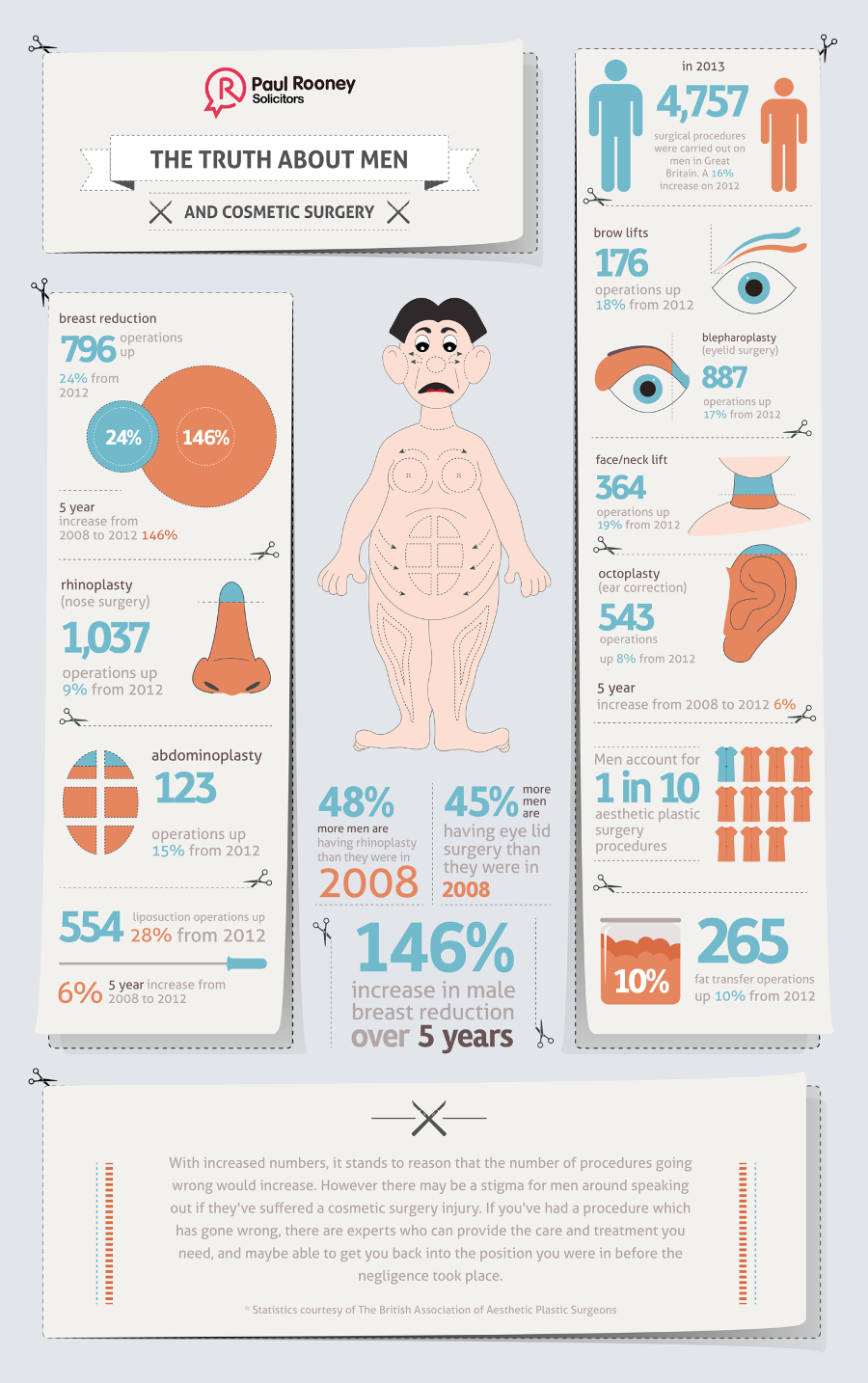How To Treat Acne Scars At Home
How To Treat Acne Scars At Home
Blog Article
Benefits and drawbacks of Laser Resurfacing
In the hands of a proficient specialist, laser resurfacing is a secure and reliable way to deal with scarring, creases, sunlight damage, and various other flaws. Select a practitioner based upon their experience, training and qualifications as opposed to just the cost or brand name of laser platform.
Nevertheless, it is necessary to recognize the benefits and drawbacks of this cosmetic procedure.
Cost
Laser resurfacing can help diminish the appearance of age spots and sun damage, leaving the skin with a more even texture. It can also be utilized to treat scars and enlarged oil glands on the nose.
The cost of laser resurfacing varies widely, depending on the type of treatment and the location. Patients should always ask for a detailed break down of the costs before agreeing to the procedure. In addition, many insurance service providers do not cover the procedure, but some might if it is regarded clinically essential. Additionally, funding choices are offered through clinics and medical credit cards such as CareCredit. These options can reduce the worry of ahead of time expenditures, however clients ought to thoroughly review the settlement terms prior to selecting a plan.
In general, laser resurfacing provides better outcomes than chemical peels and dermabrasion. Nonetheless, it can not change a facelift or neck lift. Additionally, it is not an effective therapy for loosened skin, which needs surgical treatment to tighten.
Downtime
Although laser skin resurfacing can be an effective therapy for creases, acne scarring, and other skin blemishes, it requires substantial downtime. Nevertheless, the healing process is usually brief and fairly painless. The downtime is necessary due to the fact that the laser disintegrate skin cells and promotes new development. This leads to smoother, tighter, and much more youthful looking skin.
There are a variety of laser resurfacing therapies offered, and the best one for your certain requirements will depend on the sort of skin issue you want to resolve. A certified skincare professional will certainly be able to determine the sort of laser that would work best for you.
If you pick a nonablative laser, you can expect little or no downtime. You may experience soreness and swelling for a few days, but this can be decreased by applying moisturizing lotion liberally and taking advil as needed. It is also vital to prevent unprotected sunlight exposure adhering to a laser therapy.
Side effects
The success of laser resurfacing relies on a number of factors, consisting of a well-informed and enlightened individual, a skilled medical professional and a proper postoperative recovery routine. Major complications can take place.
Typical light side effects of laser skin resurfacing are soreness, itching and crusting. You may additionally experience moderate wounding and abrasions. revision skin care If you have herpes simplex infection (HSV) and get a cold sore episode in the treatment location, your physician may suggest antiviral medication before and after your therapy session.
Akhavan likens the recovery process to that of a paper cut, claiming that it takes regarding a week for the injury to close up and for the cells to start producing brand-new tissue. He suggests his clients to stay clear of severe cleansers throughout recovery and rather use a mild, fragrance-free cleanser or sensitive skin formula. He likewise warns them to use sun block and reduce sunlight exposure. He recommends that customers get their therapies on a schedule to make sure that they're not interrupted by a holiday or various other event.
Safety and security
Laser resurfacing is a very secure procedure in the hands of a skilled and knowledgeable company. However, in the hands of an inexperienced person or a technician utilizing a crappy laser platform, it can be agonizing and dangerous.
During laser therapy, the care team cleans the area and applies a numbing lotion. After that, the laser releases short, high-intensity beams that destroy damaged external layers of skin. The laser also heats up underlying skin, boosting collagen growth to improve structure and suppleness.
The procedure can minimize great lines, age spots and unequal complexion in most people. It can not treat deep marks and drooping skin, however.
The most typical negative effects of laser resurfacing include inflammation and swelling (erythema). Various other potential problems consist of hypopigmentation, skin eruptions and dermatitis, and herpes simplex or genital herpes outbreaks. Safety measures for herpes simplex consist of antiviral drug, such as valacyclovir or acyclovir, starting two days before therapy and proceeding till seven to 10 days after treatment.